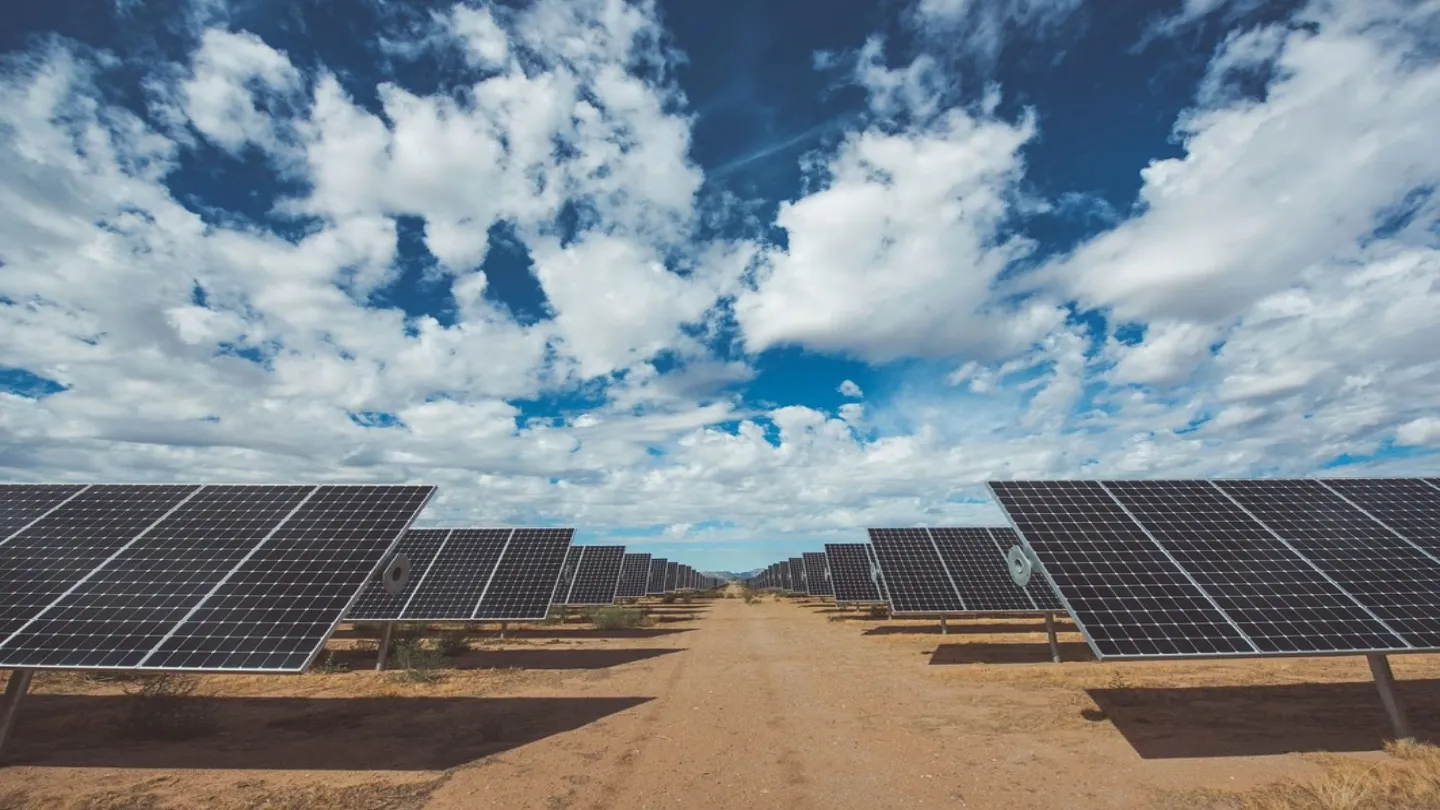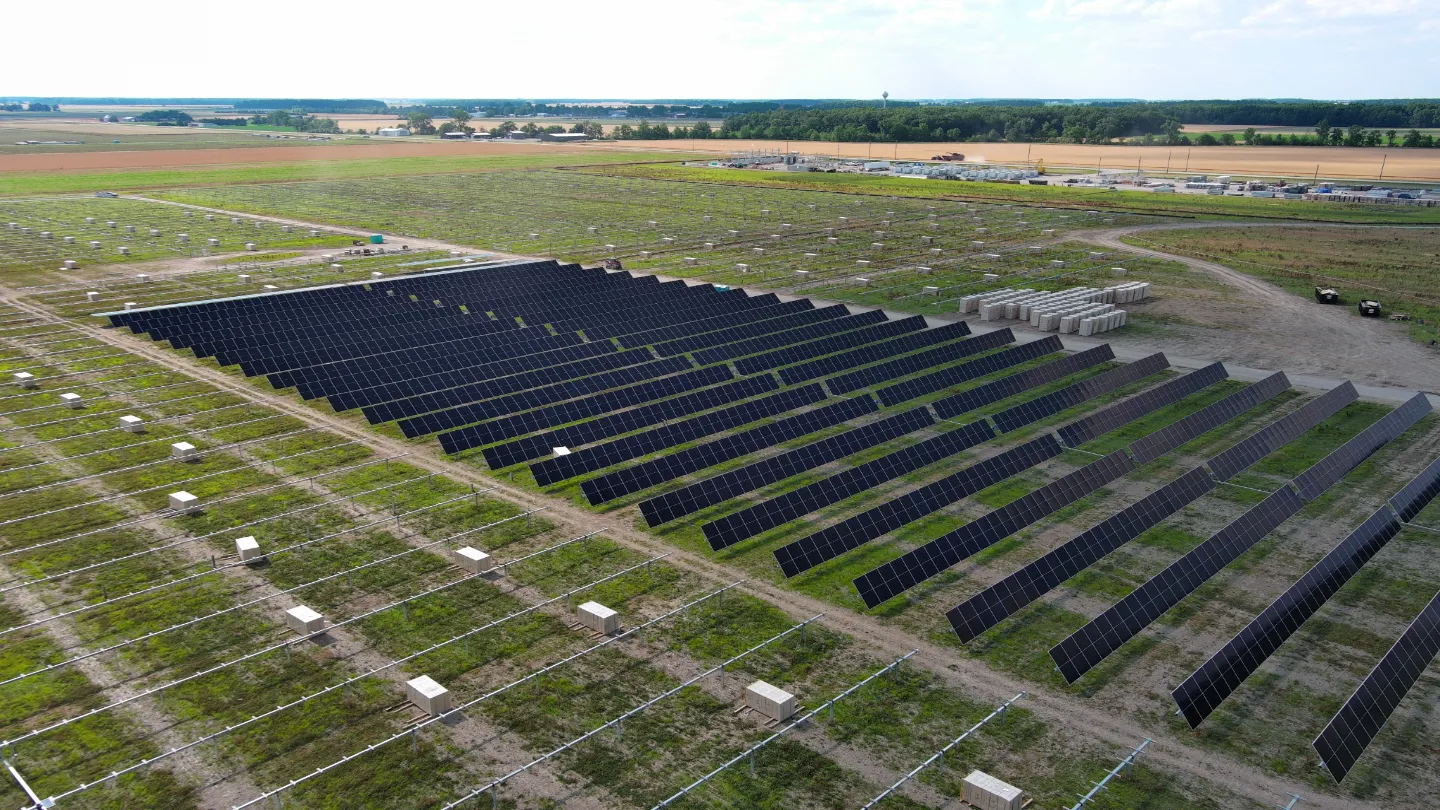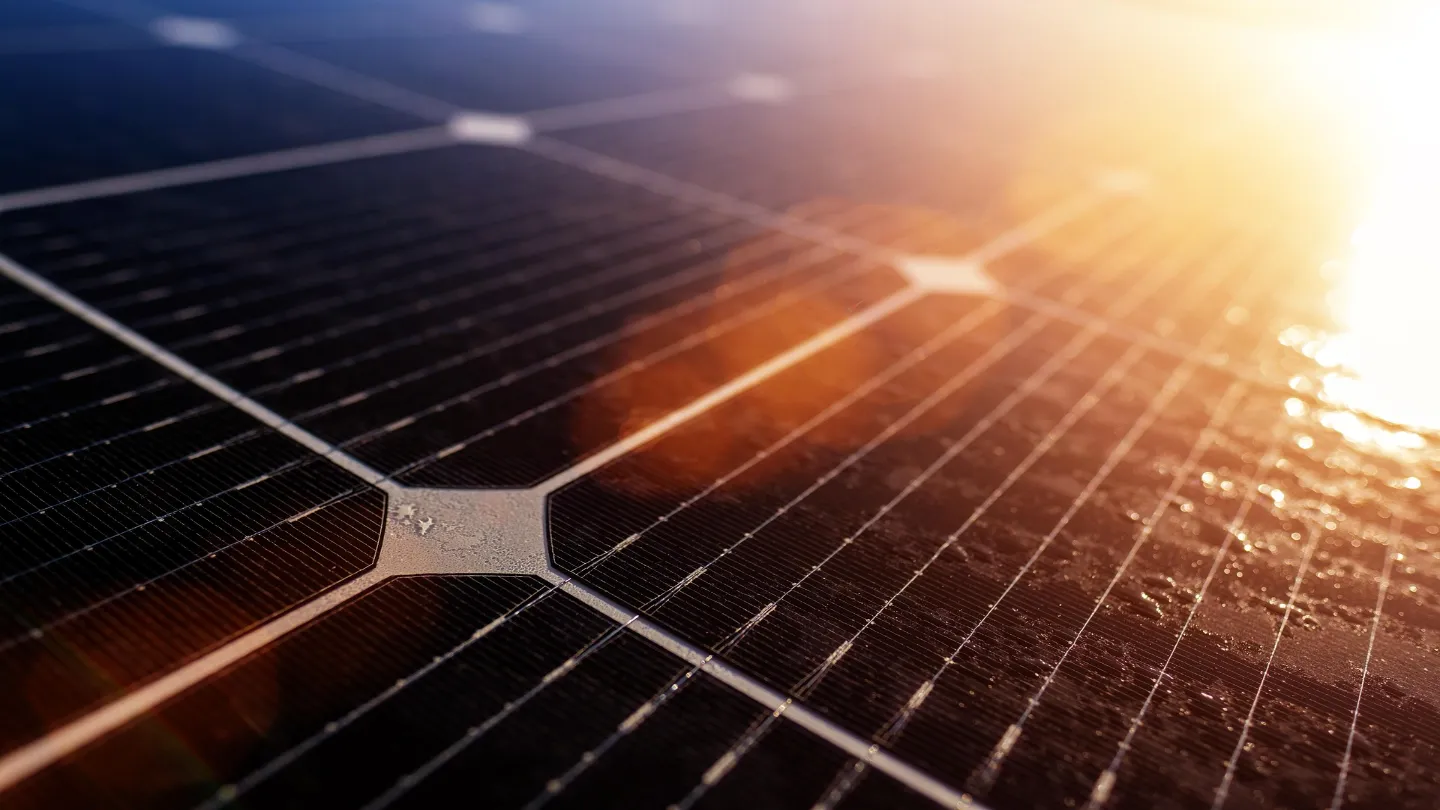Powell Creek Solar Project is an operational utility scale solar project located in the US state of Ohio. The 202MWdc (150MWac) project can generate enough electricity to power 30,000 homes annually.
The solar facility was developed by Avangrid, a US-based energy company. The firm is part of the group of companies that are under Iberdrola’s control.
Construction works on the Powell Creek Solar Project began in late 2023. The first sonal panels at the facility were installed in July 2024.
Powell Creek delivered first power to the local grid in April 2025 and it began commercial operations in June 2025.
The solar farm is projected to provide approximately $31m to local taxing jurisdictions over its lifespan and around $1.1m annually in lease payments.
The project involves an estimated $150m in direct investment in Putnam County and is expected to support up to 400 jobs during its construction phase.
This is Avangrid’s second energy project in Ohio, following the 304 MW Blue Creek project completed in 2012.
Utility-scale solar facilities such as Powell Creek typically have a life span of 30 to 40 years.
Powell Creek Solar Project Location
The Powell Creek Solar project is situated in Putnam County, Ohio, near Miller City, on about 950 acres of privately-owned land in Palmer and Liberty Townships.
The process of acquiring land and land rights started in 2018 and continued until mid-2020. During this period, outreach efforts were made to landowners and community leaders in the area.
Approximately 1,350 acres of privately-owned land have been leased for the project.
Powell Creek Solar Project Construction
The Powell Creek Solar project was conceived to optimise energy production from available solar resources to provide renewable electricity to customers in Ohio.
The project features more than 300,000 solar panels, which are dual glass, mounted on single-axis trackers, and arranged in linear arrays. These panels track the sun’s movement from east to west throughout the day to maximise solar energy production.
The photovoltaic modules mounted on a single-axis tracker racking system are supported by metal piles driven into the ground to a depth of approximately 7ft to 10ft eliminating the need for excavation.
Each solar array in the project includes a network of electric cables and communication lines that gather electric power from the solar modules and transmit it to a centralised location via a DC combiner harness.
The power collected will pass through a series of electrical components, including a DC-to-AC inverter and a medium-voltage transformer that increases the voltage to 34.5kV. This system, along with a cabinet of power control electronics, are housed in the power conversion station, which is mounted on a steel skid and set on a steel pile or concrete pad foundation.
After the voltage is increased at the transformer, collection lines will transport the power to the collection substation, where the voltage will be further increased from 34.5kV to 138kV.
Additional site infrastructure includes access roads, underground electric collection cables, a collection substation, inverters, laydown areas for construction staging, and an agricultural-style perimeter fence.
During construction, the project supported about 500 jobs, with most positions filled by local union workers from the region.
The facility is expected to have an annual capacity factor of 25.6% in its first year, generating approximately 336,600 megawatt-hours (MWh) of electricity in the first year.
Transmission
The energy generated by the solar project is delivered to a new interconnection substation adjacent to the East Leipsic-Richland 138 kilovolt (kV) transmission line, owned by American Electric Power (AEP).
The 1.6-mile-long transmission line runs overhead from the collection substation to the POI switching station. A new, three-circuit 138 kV switching station (the POI switching station) connects the facility to the AEP transmission system.
There are approximately 20 pole locations located along the transmission line.
The electricity produced is transferred to the transmission grid operated by PJM Interconnection (PJM).





